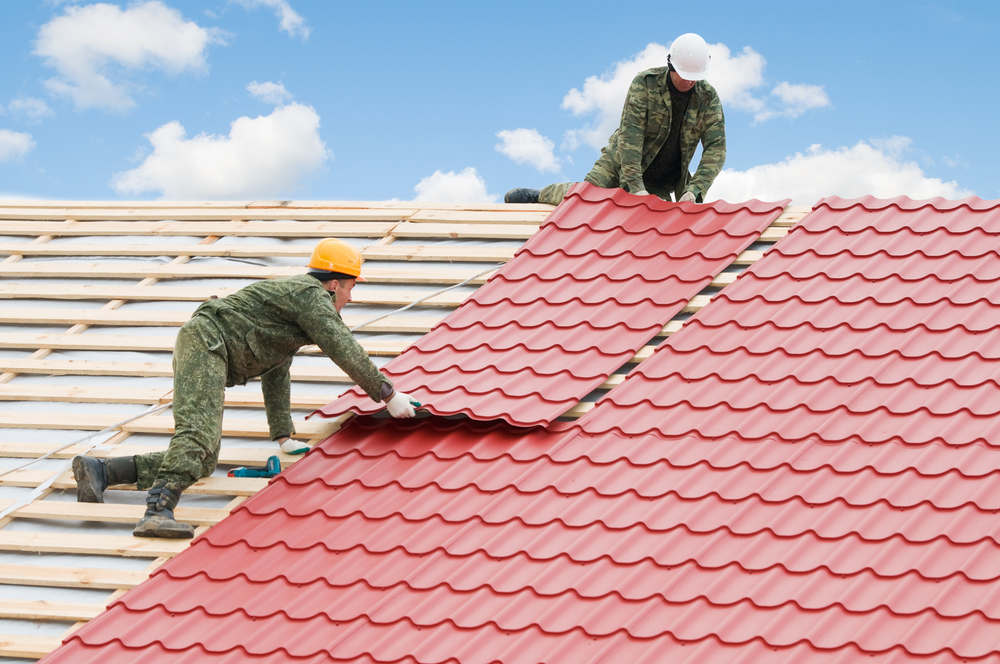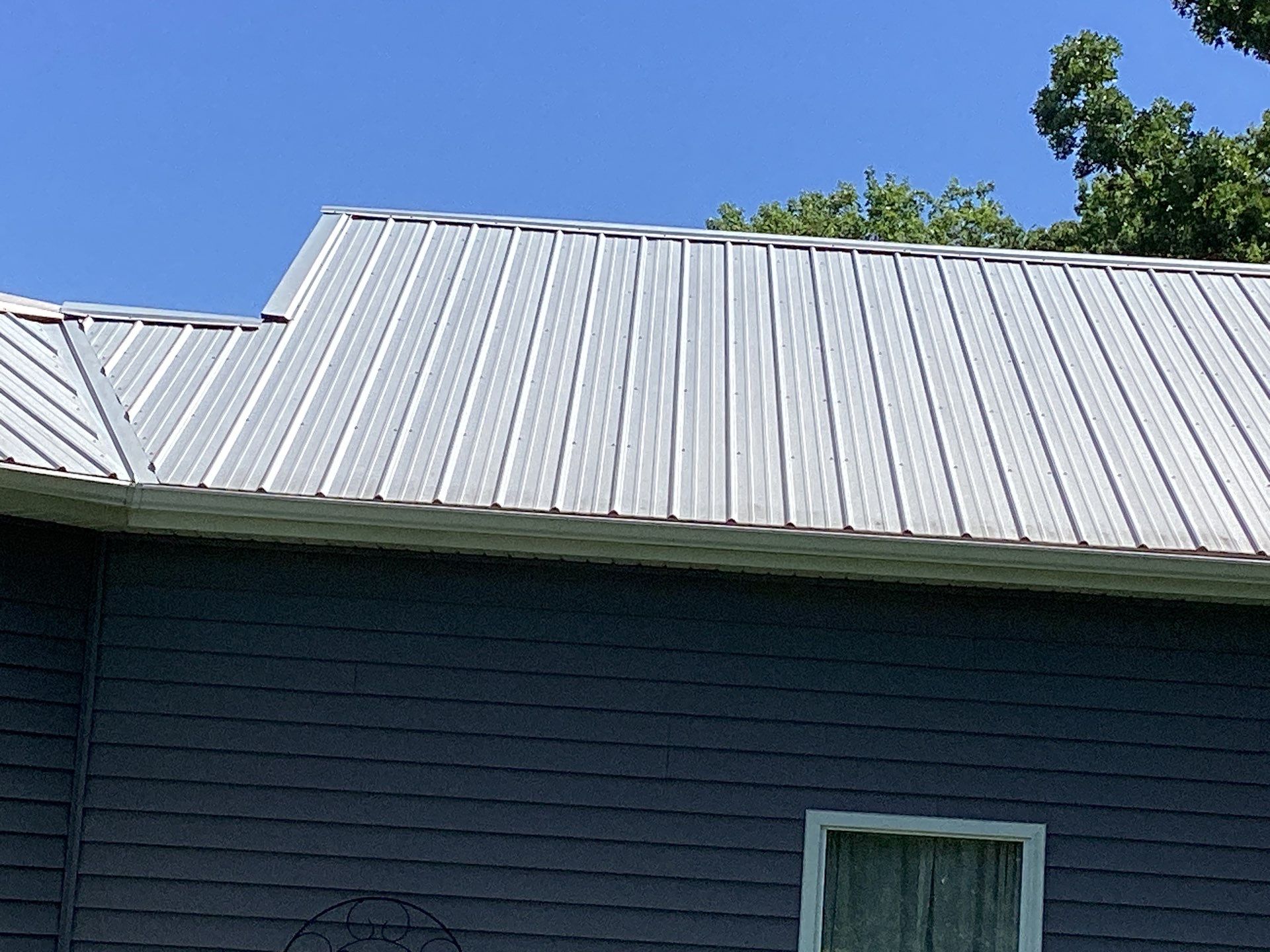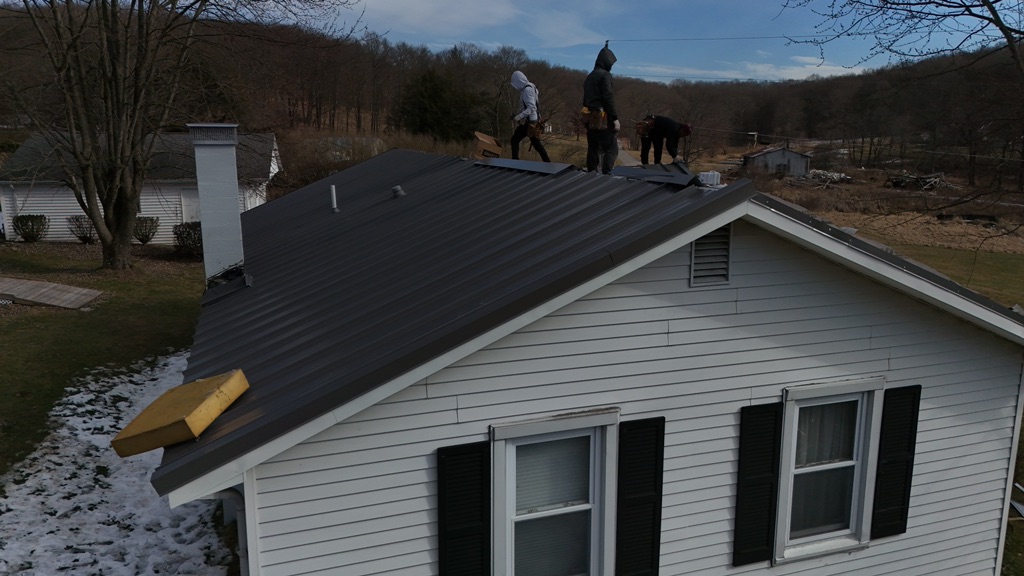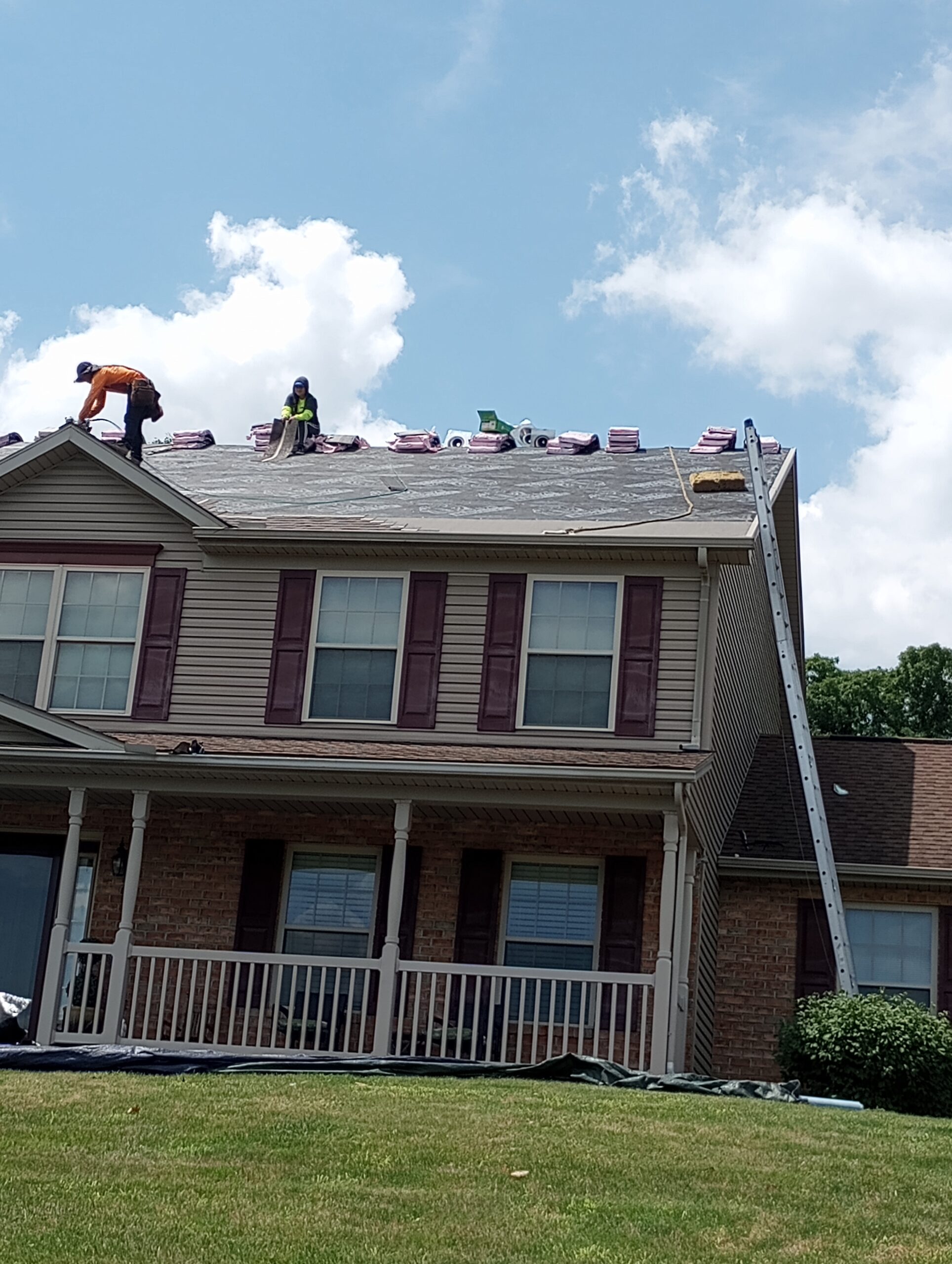Roofing is a complex and technical task that requires many skills, tools, and supplies in order to be completed properly. This can make it a risky undertaking for those who are not trained or experienced roofers. With the potential of serious injury or damage to property, it is essential that safety tips be followed when working on roofs.
This article will provide readers with important information regarding how to protect themselves and their home while performing roofing tasks. The article will cover topics such as proper clothing and gear, using ladders safely, inspecting shingles beforehand, avoiding wet surfaces, disposing of debris correctly, and more.
These steps are necessary for minimizing risks associated with roofing work. By becoming familiar with these guidelines on protecting oneself and one’s home from harm during roof repairs or installations individuals can ensure they complete their job quickly and safely.
Wearing The Proper Clothing And Gear
When working on a roof, using correct footwear is essential in order to ensure safety. It is important to choose shoes that are designed for roof work and have good traction as well as provide support for the feet. Shoes should also be able to protect against any potential hazards such as nails or sharp edges. The soles of the shoes should be flexible enough to prevent slipping off of tiles or shingles.
It is also important to choose appropriate materials when performing roofing activities. This includes items like gloves, clothing, eye protection, and a hard hat.
Gloves can help with grip while climbing ladders and handling construction materials. Long sleeves and pants can help keep skin protected from scrapes, cuts, abrasions and sunburns caused by UV radiation exposure during long hours at height.
Eye protection shields eyes from dust particles or debris that could come into contact with them while working on the rooftop environment.

Utilizing Ladders Safely
The proper clothing and gear are only the first step in protecting yourself while working on your roof. Utilizing ladders safely is also an important part of a successful project.
Identifying hazards associated with using ladders should be at the top of any homeowner’s list when planning to work on their roof. It is essential to assess the surrounding environment for potential risks before setting up the ladder, such as electrical wires or other obstacles that can interfere with climbing. Understanding local regulations regarding appropriate set-up distances from buildings and power lines will help ensure a safe job site.
It is also important to check all components of the ladder for wear and tear before beginning each use. Ensure that it is positioned correctly: avoid placing it against smooth surfaces like glass or metal; instead opt for rougher materials like wood which provide more traction. Additionally, employ three points of contact when climbing – two hands and one foot, or two feet and one hand – to maintain balance and stability during ascent and descent.
Taking these steps before utilizing a ladder helps keep you safe during rooftop projects.
Inspecting Shingles Before Installation
Before installing shingles on a roof, it is important to ensure that the materials are in good condition and meet manufacturer’s guidelines.
Inspecting shingles before installation can help prevent costly repairs and protect both your home and those who work on the project from hazardous conditions.
Reviewing manufacturer’s guidelines for proper installation techniques should be done prior to any work commencing.
It is also important to check for damage or defect of the shingle material; this includes checking for bulging, curling, tears, punctures, excessive granule loss, discoloration or soft spots within each shingle.
If these issues exist then they must be replaced immediately with new ones as failure to do so may lead to water leakage even after being installed correctly.
In addition, all nails must be properly aligned when securing the shingle into place during installation.
When this step is completed accurately there will be a greater chance at preventing future damages such as wind uplift or any other weather-related damage incurred by poor installation practices.
To ensure optimal protection and safety of your home and its inhabitants it is essential that all safety considerations are taken seriously while inspecting the shingles before beginning installation.
Avoiding Wet Surfaces
When working on roofs, it is essential to ensure balance and avoid slips. To do so, one should make sure that the surface of the roof remains dry at all times when walking or standing.
A good way to accomplish this is by avoiding wet surfaces whenever possible. This can be done in several ways such as wearing waterproof boots with a rubber sole that provide traction even if they get wet; using boards or mats across slippery areas; applying non-slip coatings over risky spots like skylights, chalk lines, or any other places where footing may be unsure; and ensuring there are no puddles of water on the roof before starting work.
Additionally, ladders should have slip-resistant feet that grip firmly onto both concrete and asphalt surfaces for added security when climbing up and down them. Taking these precautions will help reduce potential falls while allowing individuals to stay safe when working on their roofs.
Working With Partner Or Spotter
Working at heights can be dangerous, and it is important to take precautions when doing so. One way of maintaining safety while working on roofs is working with a partner or spotter.
A partner or spotter provides an extra set of eyes that can keep watch for any hazards like slipping or tripping, as well as assistance in maintaining balance while carrying materials up the ladder. They are also essential in helping to prevent falls from occurring by providing support if needed. Furthermore, they can help ensure that tools and materials do not fall onto someone below who may be unaware of the work being done above them.
Having a partner or spotter present during roofing projects creates an additional layer of safety for both those working on roofs and those below. It is beneficial to establish clear guidelines about how communication should occur between partners before beginning a project, such as using hand signals to alert one another if something needs attention.
Additionally, having two people available can make sure tasks get completed faster than attempting them alone. Taking the time to plan ahead and consider all potential risks associated with roofing will help protect against injuries caused by slips, trips, and falls.

Disposing Of Debris Properly
When renovating roofs, proper disposal of debris is essential to ensure safety.
The process begins with managing waste by sorting it into categories such as wood-based materials, asphalt shingles and metal components.
Items that cannot be reused should then be separated from those that can.
This will reduce the amount of material going to landfills and help keep hazardous substances out of the environment.
Once sorted, the debris must be disposed of in accordance with local regulations for hazardous materials or taken to a landfill for recycling or reuse.
In some cases, roofers may also opt to hire a professional waste removal service if they are dealing with large amounts of material or dangerous chemicals.
Regardless of which option is chosen, individuals working on projects involving roof renovations need to take extra precautions when disposing of their debris in order to protect both themselves and their homes from potential harm.
Utilizing Safety Equipment And Tools
Safety equipment and tools are essential for roofers to protect themselves from potential hazards. It is important that the necessary safety devices and supplies be used in order to avoid injuries or worse – death, which can occur when working on a roof. Proper storage of these items ensures their functionality and longevity. Furthermore, it helps ensure that the proper safety measures are taken before any job begins.
Fall protection should always be taken into account when working at heights, especially when it comes to roofing tasks. This includes using harnesses with shock absorbing lanyards attached to an anchored point as well as employing guardrails along edges of roofs where there is no other form of protection available.
Additionally, regular inspections must be conducted on all fall prevention systems such as harnesses and anchor points to maintain the highest level of safety at all times. Overall, utilizing safety equipment and tools is paramount for protecting oneself while roofing. Taking care to properly store one’s gear and follow protocols regarding fall prevention significantly reduces the risk of injury or even death while performing this type of work.









